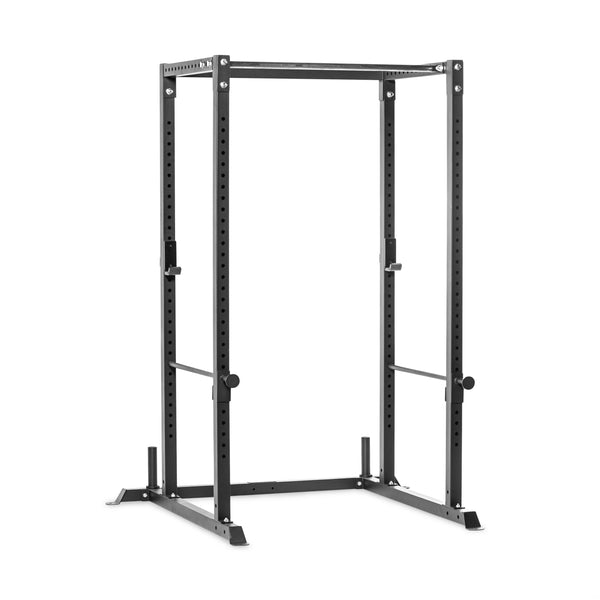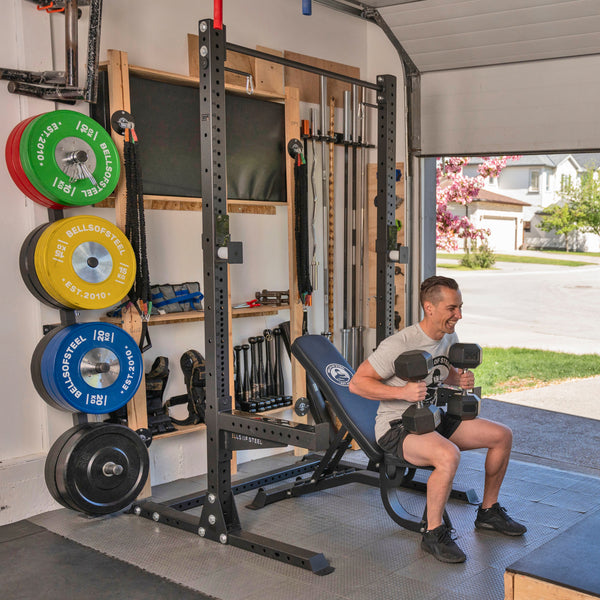Turning your basement into a gym is one of the smartest (and sweatiest) moves you can make. No more gym membership fees, waiting for machines, or listening to that guy grunt like he's auditioning for a werewolf movie. But before you start hauling weights down the stairs, let’s make sure you do it right. Ready to transform that underground dungeon into your personal fitness paradise? Let's go.
Is It OK to Workout in a Basement?
First things first—yes, it’s totally okay to workout in a basement. In fact, basements have a lot of benefits as gym spaces: they’re private, typically out of the way, and often cooler than the rest of the house, which is great when you’re working up a sweat. But basements also come with a few challenges that need to be tackled for your workout space to be safe, comfortable, and effective.
Common Concerns with Basement Gyms
Airflow and Ventilation
Basements can be stuffy. Lack of airflow can leave you gasping for air faster than a HIIT workout. And trust me, you want to sweat because of your effort, not because the air feels like soup.
Solution: Improve ventilation by installing a fan, using a window (if you have one), or setting up a portable air purifier. If the humidity’s out of control, a dehumidifier is your best friend to keep things dry and fresh.
Humidity
Basements are often more humid, which is bad news for both your gear and your gains. Humidity can lead to equipment rusting, and even worse—musty, damp air.
Solution: A dehumidifier can help control moisture levels. Rubber gym mats can also prevent the concrete floor from collecting moisture, while giving your joints a softer surface to train on. Equipment with a black powercoat or Cerakote finish will help combat rust in a damp environment (just don’t leave them out in the rain.)
Low Ceilings
If you’re vertically challenged like most basements, overhead lifts can be tricky. The last thing you want is to slam a barbell into your ceiling during a press.
Solution: Invest in a shorter power rack designed for low ceilings, like a custom 72" Hydra or Manticore rack. These racks are specifically built for basements and low-clearance spaces, allowing you to squat, press, and pull safely without worrying about giving your ceiling a barbell-sized dent.
Step-by-Step Guide to Building a Home Gym in a Basement
Once you've dealt with ventilation, humidity, and ceiling height, it’s time to start building your home gym. Here’s how to do it, step by step.
Step 1: Plan Your Space
Measure your basement. Seriously, get that tape measure out and find out exactly how much room you’ve got to work with. Measure the ceiling height, width, and overall square footage. This will help you figure out what kind of equipment can fit comfortably.
If you’ve got a low ceiling, overhead presses might be out of the question unless you’re sitting down. But that’s okay—just plan for alternatives.
Step 2: Prioritize Key Equipment
What do you really need? Spoiler alert: you don’t need every piece of equipment you see in commercial gyms. The key is investing in versatile, space-saving gear that allows you to hit multiple muscle groups.
Must-Have Equipment for a Basement Gym:
- Power Rack: The cornerstone of your gym. For basements, look for shorter racks like the 72" Hydra or Manticore. These racks are perfect for tight spaces, offering all the features of a full rack without eating up your headroom.
- Adjustable Bench: A quality adjustable bench is crucial for pressing and accessory work. Opt for one that folds up to save space when not in use.
- Barbell and Plates: If you’re serious about strength training, a barbell and some weight plates are essential. Store plates on a rack-mountable hanger to save space.
- Dumbbells or Kettlebells: Adjustable dumbbells or adjustable kettlebells can add versatility without taking up much room.
- Cardio Equipment: If you’ve got room for it, consider adding a cardio machine like a rower, air bike, or even a residential manual treadmill. These are compact and great for conditioning work.
Step 3: Flooring and Protection
Don’t forget to protect both your equipment and the basement floor. Rubber gym mats or horse stall mats are perfect for absorbing shock, reducing noise, and preventing damage to both the floor and your weights.
Step 4: Organize Your Space
Install wall-mounted storage to keep things neat and maximize space. Hooks for resistance bands, racks for barbells, and shelves for small equipment keep your basement gym clutter-free, giving you more room to move.
Step 5: Lighting and Atmosphere
Basements can be dark and dungeon-like, which isn’t ideal for motivation. Swap out those dim bulbs for bright, daylight-like LED lighting. A well-lit space will make you feel more energized and ready to crush your workouts.
Alternatives for Small Spaces or Tight Budgets
If you’re not ready to deck out your basement with a full setup, don’t sweat it. You can still get great workouts in with minimal equipment. Resistance bands, adjustable dumbbells, or kettlebells are excellent for those with limited space or on a tight budget. Bodyweight exercises can also take you a long way if you're not ready to splurge on equipment yet.
FAQs About Basement Gyms
Q: Is it safe to workout in a basement?
A: Absolutely, as long as you manage airflow, humidity, and ceiling height. With the right setup, a basement gym can be as safe and effective as any other home gym.
Q: What if my basement has a low ceiling?
A: Opt for equipment designed for low-clearance spaces, like short power racks (the 72" Hydra or Manticore is a perfect example). Adjust your workouts by focusing on seated presses or exercises that don't require standing overhead lifts.
Q: Do I need special flooring for a basement gym?
A: Yes! Invest in rubber mats to protect your floor and reduce noise. They also provide a cushioned surface for lifting, saving your joints and your equipment.
Q: Can I do cardio in a basement gym?
A: Absolutely. Compact cardio machines like air bikes, rowers, or manual treadmills work great in basement gyms. If you’re short on space, consider bodyweight cardio exercises like burpees or jump squats.



